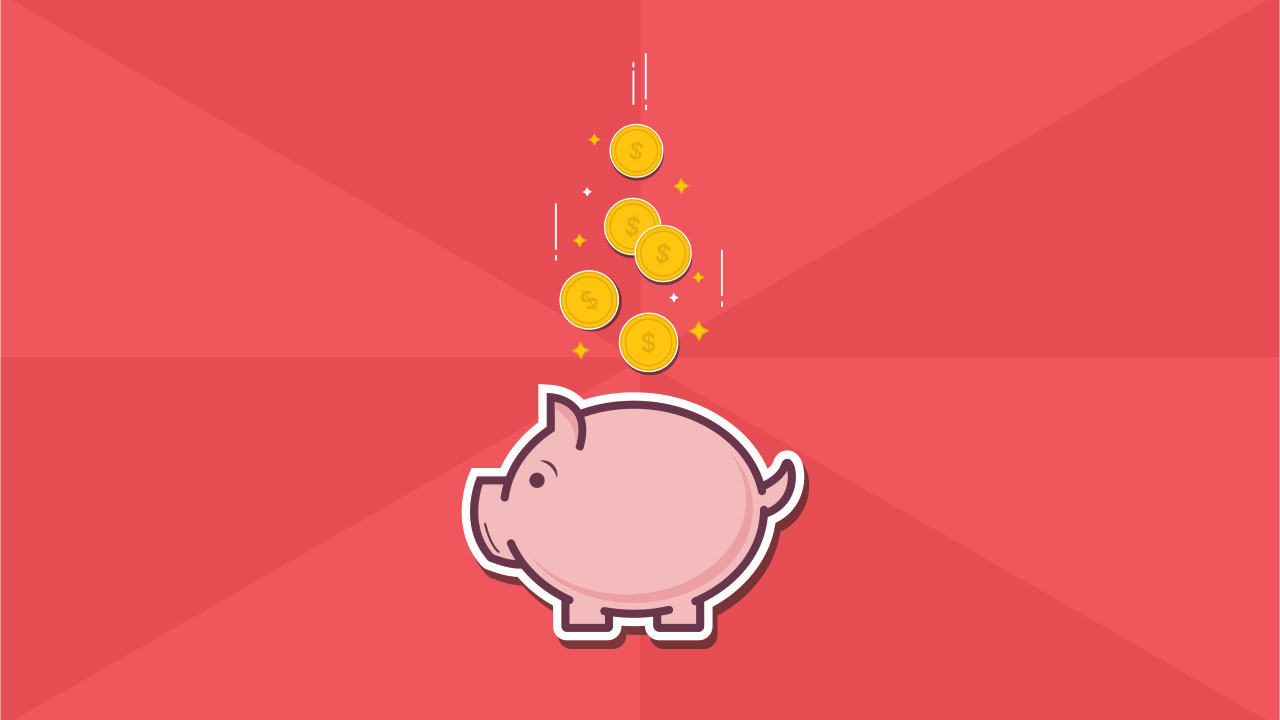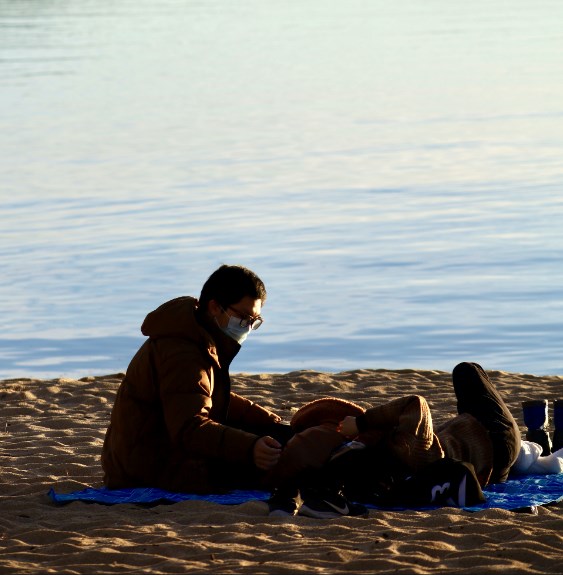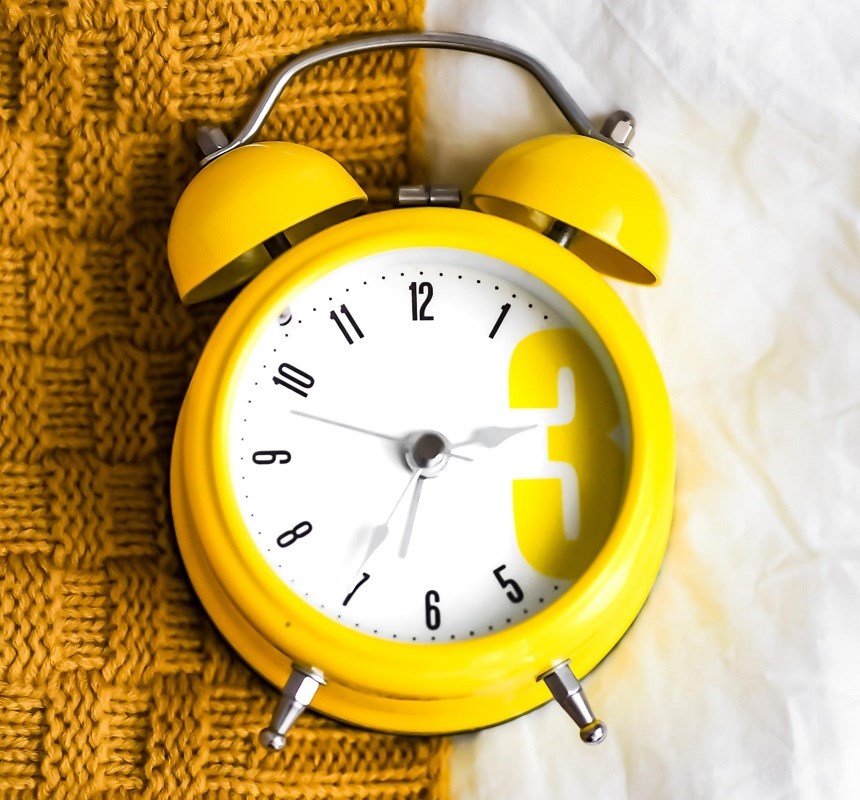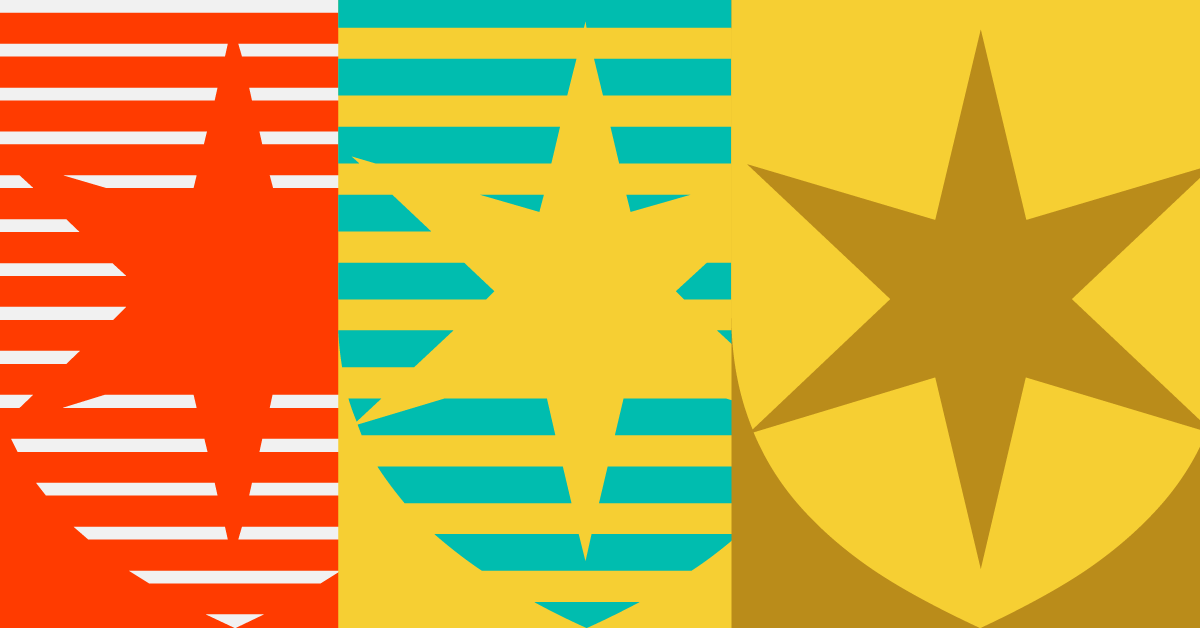
Layoffs. Lost shifts. Mass shutdowns. The response to the global spread of Covid-19 is affecting workers across the world.
If you don't have an emergency fund, now is a good time to build one. You can think of it as a safety net that helps you cover unexpected expenses.
They're not always life-or-death situations either. Unexpectedly losing your job or needing to fund unexpected travel can be much less stressful if you have cash tucked away to keep the lights on. You won't need to whip out the credit card, dip into your retirement savings or raid longer-term investments.
Regardless of your life stage or situation, emergency funds are a crucial aspect of any financial plan, says Morningstar director of personal finance Christine Benz.
"We all have unexpected expenses that crop up," she says. "If you have that buffer of cash, the idea is that you won't need to resort to unattractive forms of financing those unexpected costs."
Here are Benz's five steps for setting and maintaining an emergency fund.
Step 1 - Define Your Savings Goal
Three- to six-months of your current salary is a standard estimate of the ideal emergency fund size. That's a decent starting point, but it sounds daunting to those just getting their financial footing.
The only living expenses you need to cover with your emergency fund are the very basic ones, Benz says. "Remember that if you did experience job loss, you would probably make some cuts in your budget."
Start by tallying your essential monthly expenses, such as housing costs, utilities, public transport, food expenses, insurance and any regular loan or credit card payments. Leave out any non-essential items such as discretionary clothing and high-cost subscription services.
Multiply your essential living expenses by three months. This can be your absolute minimum savings target for your emergency fund.
From there, you can customise your own amount upwards.
Consider your personal circumstances
Benz says there are certain groups of people who should consider putting away a bit more. The greater your fixed expenses and the harder your job would be to replace, the larger your emergency fund needs to be.
"Contract workers, people with lumpy incomes, people who work on commissions, for example, people with highly volatile, what we call, human capital, should be sure to have a higher level of liquid reserves," she told Morningstar's director of content Susan Dziubinski.
"People with more-specialised career paths, higher income workers. Those jobs are generally harder to replace if lost. So, they should run with a higher buffer as well."
Benz adds that older worker should also reach beyond the standard three-to-six-month goal.
"One thing we saw in the last recession is that older workers took a longer time to replace the jobs that they had lost," she says. "They didn't experience job loss to the extent that younger workers did, but it did take them longer to find jobs if they lost them."
On the flip side, she says other groups can make do with a smaller fund.
"Anyone with sort of a guaranteed income stream, so the tenured college professor, for example, who is not at big risk of job loss, might have a lower emergency fund," Benz says.
"Also, I would say, younger workers, especially those who are still somewhat flexible in terms of their lifestyles and living arrangements.
"If they're willing to get roommates or move back with mum and dad, if their lifestyle is somewhat in flux, they can absorb losses, job losses, more than workers who are more established like the single earner who is responsible for a family of five, for example."
Step 2 - Consider How Much You Can Put Aside
Take partial stock of your net worth – what you hold in your bank accounts. Exclude any savings that you have earmarked for short, medium- or long-term goals, such as a new car or purchasing a property.
With the amount remaining, consider if you could put any of this money towards your emergency fund. Whatever amount you contribute; this is your starting emergency fund.
Step 3 - Set Your Emergency-Fund Savings Target
Subtract the figure from Step 2 (your current emergency fund) from the figure in Step 1 (your target emergency fund). This is how much you need to save at a bare minimum.
Setting money aside to hit this savings target should be your main savings priority in the months ahead, Benz says.
Step 4 – Keep Your Funds Accessible
Putting your hard-earned savings in a standard everyday banking account at almost no interest is unenticing. But your emergency fund is not the place to go searching for extra income via riskier investments.
More importantly, ready access to emergency-fund assets is crucial – when times are tough, you don't need the added headaches of access or liquidity issues, taxes or penalties.
One option is to establish a separate, low-fee, high-interest savings account. A quick comparison of products shows total interest rates (excluding bonus rates) ranging from 0.75 per cent to 1.55 per cent.
Bonus interest rates or promotional rates can take your savings higher, but often have conditions attached, such as 1 per cent extra for the first six months.
Remember to leave the bank card that comes with your new account at home, or in a secret compartment in your wallet, so you won't be tempted to use it.
Term deposits are another option to consider. But remember they may carry penalties if you need to get your money out early or come with long notice periods.
Step 5 - Automate Your Savings
Automated saving is one of the best ways you can build up your emergency fund. Even if it's setting and forgetting regular payments of as little as $10-$20 from your weekly pay, by the end of the year you could accumulate between $520 and $1,040 in your emergency fund. Remember to turn off these automated payments when you've reached your savings goal.
If you're not a fan of automated payments, some banks now offer round-up services which allow you to save every time you make a purchase. For instance, if you set the round-up to the nearest $5 and buy a coffee for $3.50, $1.50 will automatically go into your savings account. If you need to dip into your emergency fund, remember to top it up again.
So, ask yourself – if life served up something unexpected, would you be prepared?




















